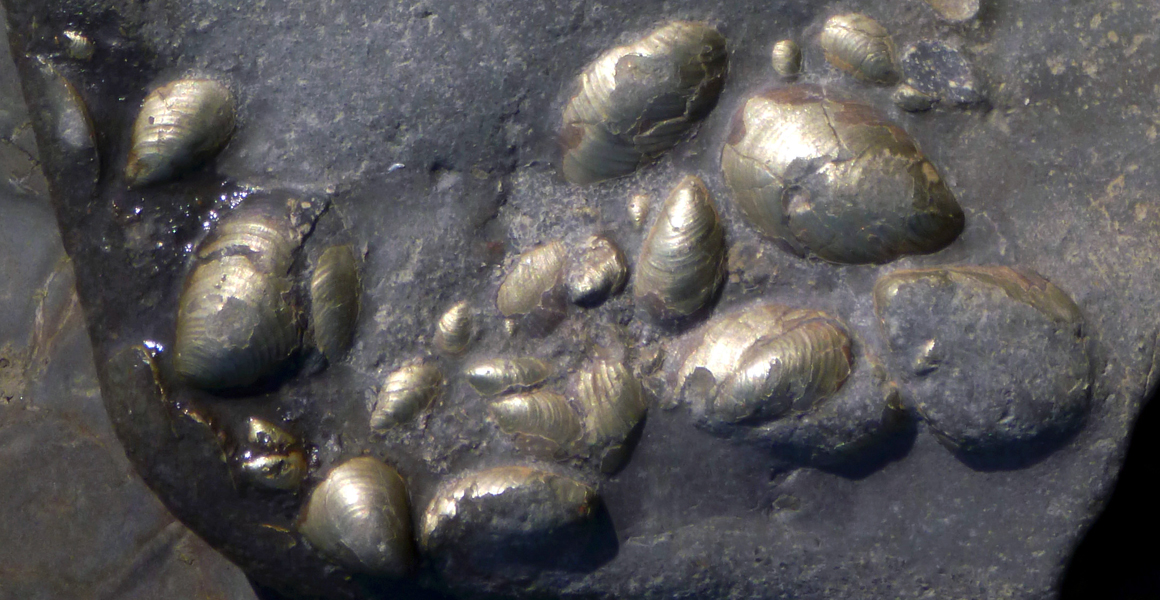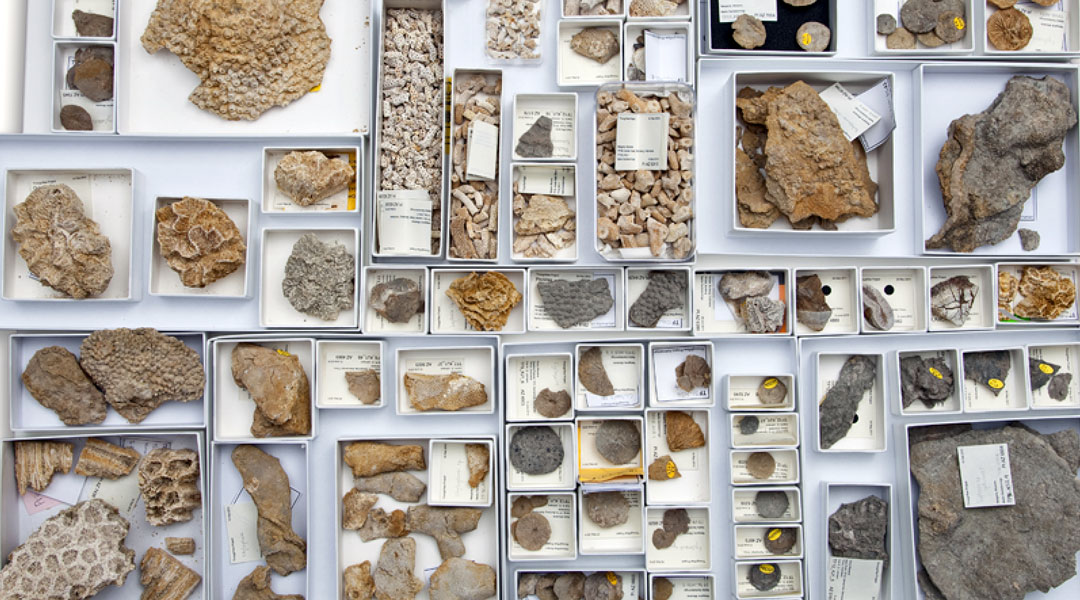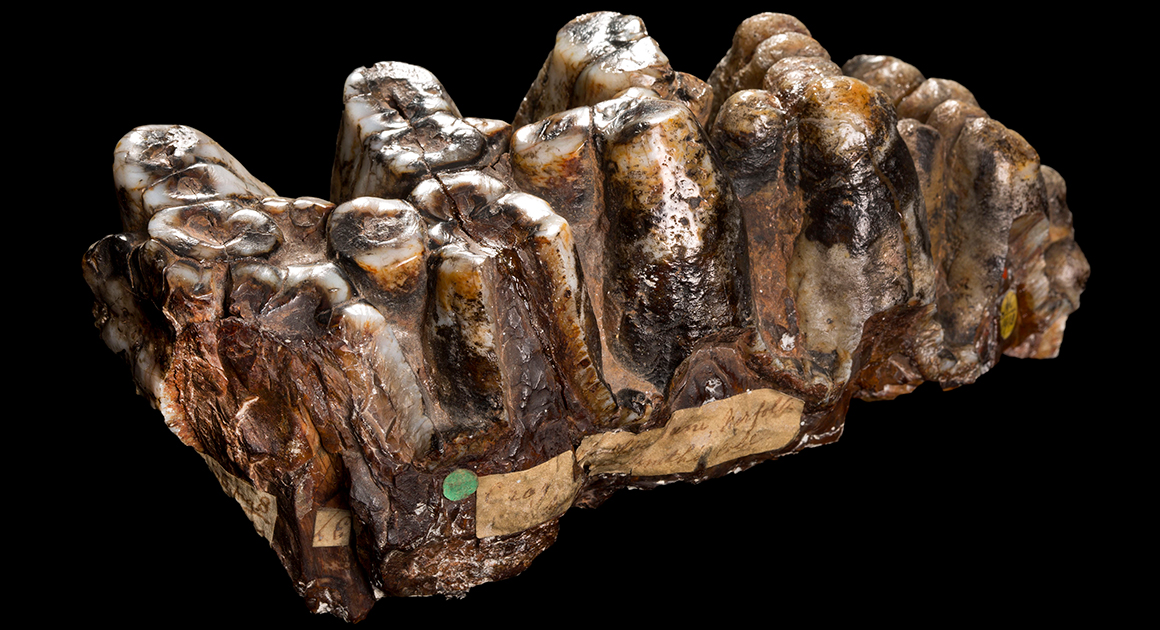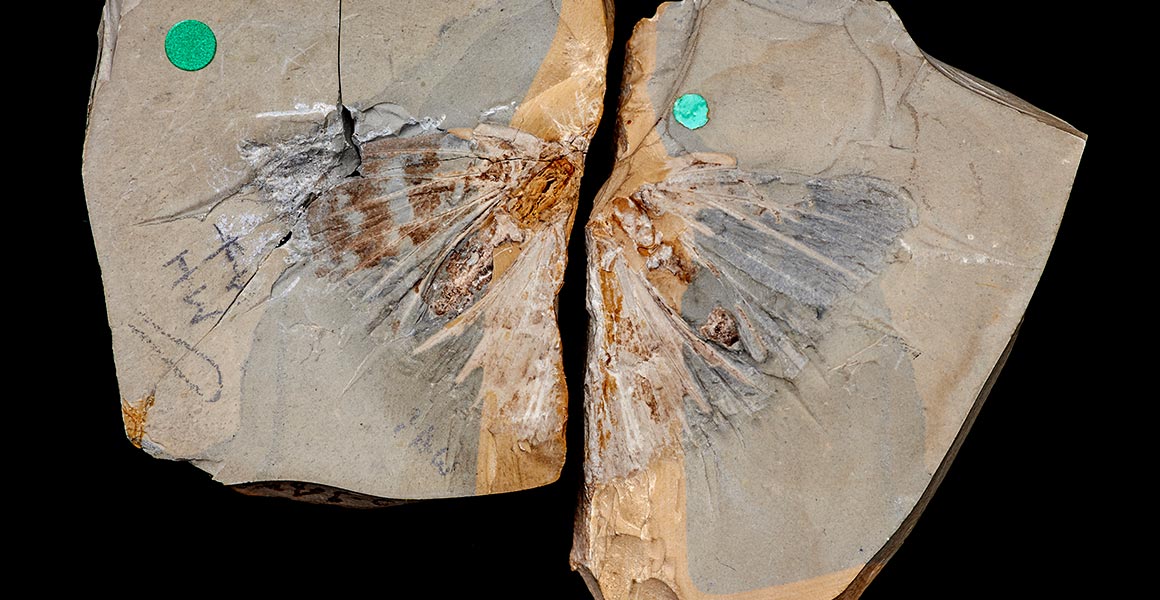These fossils from North Yorkshire were part of a huge study that reveals the devastating impacts of global warming on marine life.

Fossils of the bivalve Pseudomytiloides dubius preserved in a layer of the mineral iron pyrite, known as ‘fool’s gold’
At 183 million years old, they date to a time in the early Jurassic when natural global warming caused the extinction of many marine animals.
The study compared more than 11,000 fossils to chemical signatures in the surrounding rocks, indicating things like ocean temperature and oxygen levels, to discover which environmental changes impacted marine life.
Researchers found that spreading areas of low oxygen on the sea floor, known as ‘dead zones’, were a major cause of extinction. These dead zones are driven by climate change and changes in nutrient levels in the sea.
The results of the study could be used to predict the impacts on marine life caused by modern climate change. ‘The spread of oxygen-poor dead zones is widely acknowledged as a major threat to modern shelf seas. It is happening now,’ said Museum palaeontologist Prof Richard Twitchett, who led the research.
Read the full story
Find out more about the results of this innovative study.




Don't miss a thing
Receive email updates about our news, science, exhibitions, events, products, services and fundraising activities. We may occasionally include third-party content from our corporate partners and other museums. We will not share your personal details with these third parties. You must be over the age of 13. Privacy notice.
Follow us on social media